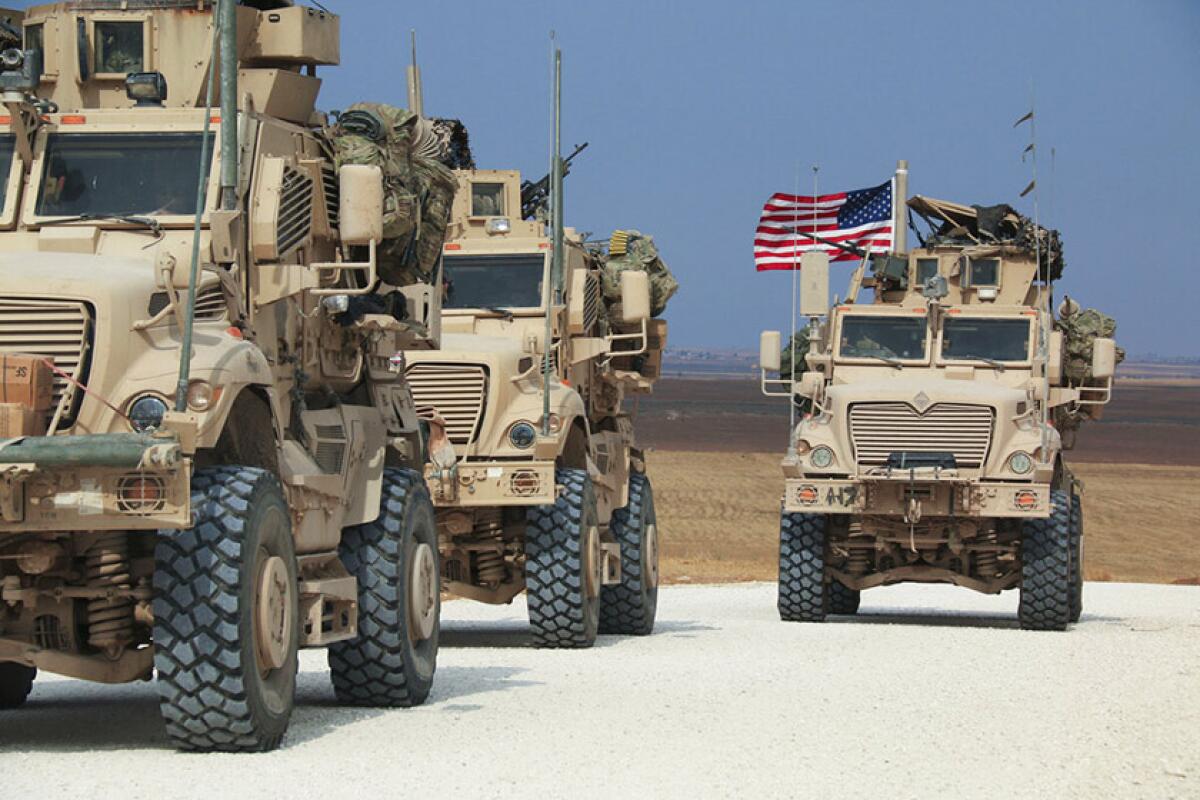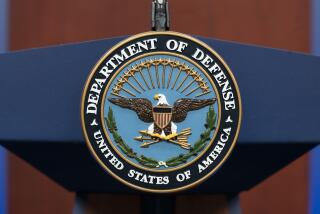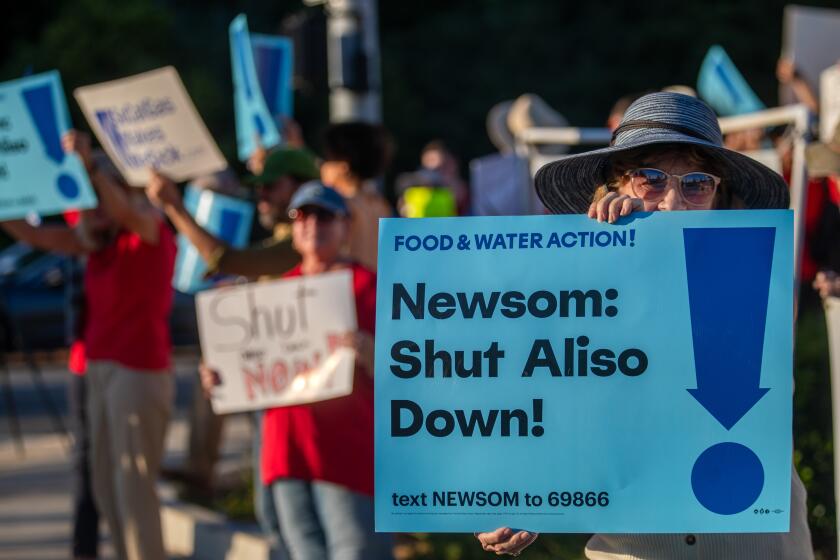Op-Ed: How to demilitarize America’s presence in the Middle East

- Share via
Barack Obama and Donald Trump rarely agree. But with regard to the Middle East, both basically wanted out. As Obama’s vice president, Joe Biden did not differ much in his views.
That the region is strategic quicksand, to be avoided as much as possible, is a view they all share. So do most other Americans. So do we. American foreign policy in the region is too militarized. And the average of 60,000 U.S. troops there at any time are too many, when measured against the missions they can realistically accomplish.
This number, though much lower than the more than 150,000 troops based in the region during the George W. Bush and early Obama years, is still many times the number stationed in the region before 1990.
However, there right ways and wrong ways to get out of the Middle East. Often, frustration with the politics of the Middle East turns into slogans like “end forever wars.” But we cannot end them by edict, however powerful this nation may be.
For example, bringing home all 5,000 or so U.S. troops currently in Afghanistan by late December, as Trump tweeted recently, would be preposterous. It would require the United States to destroy many supplies in place, abandon Afghan partners to extremism and a worsening civil war, risk flying helicopters off the roof of our embassy to rescue diplomats at some future date, and create new opportunities for Al Qaeda or Islamic State to find sanctuaries at a time when the militants have lost them in other parts of the region.
Even pulling out over a few months from a place such as Afghanistan would give the Taliban the upper hand on the battlefield and in peace talks. Rather than taking the pressure off the terrorists, we should want to keep it on.
Rather than pretend we can end our presence in decade-long wars, a smarter strategy would be to continue to downsize our own role in them. The U.S. approach should center on gathering intelligence, training indigenous forces and maintaining air power as well as special forces capabilities for the occasional strike when necessary.
We should begin by considering what we have in the broader Central Command theater now. Think in terms of two concentric circles, centered on the Persian Gulf. The innermost circle includes most of the American forces in the region: 7,000 to 15,000 troops each in Qatar, Bahrain and Kuwait; plus 3,000 to 5,000 in each of the United Arab Emirates, Saudi Arabia and Iraq.
In a second circle are several hundred to several thousand troops in each of the following places: Afghanistan, Jordan, Syria, Egypt, Turkey and Djibouti in the Horn of Africa — plus the waterways of the northern Arabian Sea, where the United States normally deploys either an aircraft carrier battle group or an amphibious group.
There are no more than 15,000 American troops in any one country. But there is still plenty of room for rethinking and streamlining things.
First, the U.S. should again withdraw all operational military units from Saudi Arabia. American troops had pulled out of Saudi bases in 2003 but began to return last year as tensions rose in the U.S.-Iran relationship and in the region. With that situation at least momentarily calmer — and with the Saudis brutally and fruitlessly intervening in Yemen’s civil war — we should put some distance in the U.S. relationship with the kingdom.
Second, there is no longer a need for the large troop presence in Kuwait, which is a vestige of our previous efforts to support military deployments in Iraq. That need is long gone. While keeping access to an airfield and a port makes sense, the current level of U.S. presence should be significantly reduced.
Similarly, the number of uniformed personnel in the Navy’s 5th Fleet, headquartered in Bahrain, has grown substantially over the years. With the exception of several minesweepers, the 5th Fleet consists of ships homeported in the United States. These uniformed forces could be halved without weakening American naval power in the Persian Gulf.
With these changes and perhaps some modest adjustments elsewhere in the region, the current number of uniformed troops in the Middle East might be cut by up to 20,000. Such a reduction could help streamline and partly demilitarize U.S. strategy for a part of the world that, while still important, should no longer be a center of American foreign policy.
Bruce Riedel and Michael O’Hanlon, author of the forthcoming “The Art of War in an Age of Peace: U.S. Grand Strategy and Resolute Restraint,” are senior fellows at the Brookings Institution.
More to Read
A cure for the common opinion
Get thought-provoking perspectives with our weekly newsletter.
You may occasionally receive promotional content from the Los Angeles Times.










